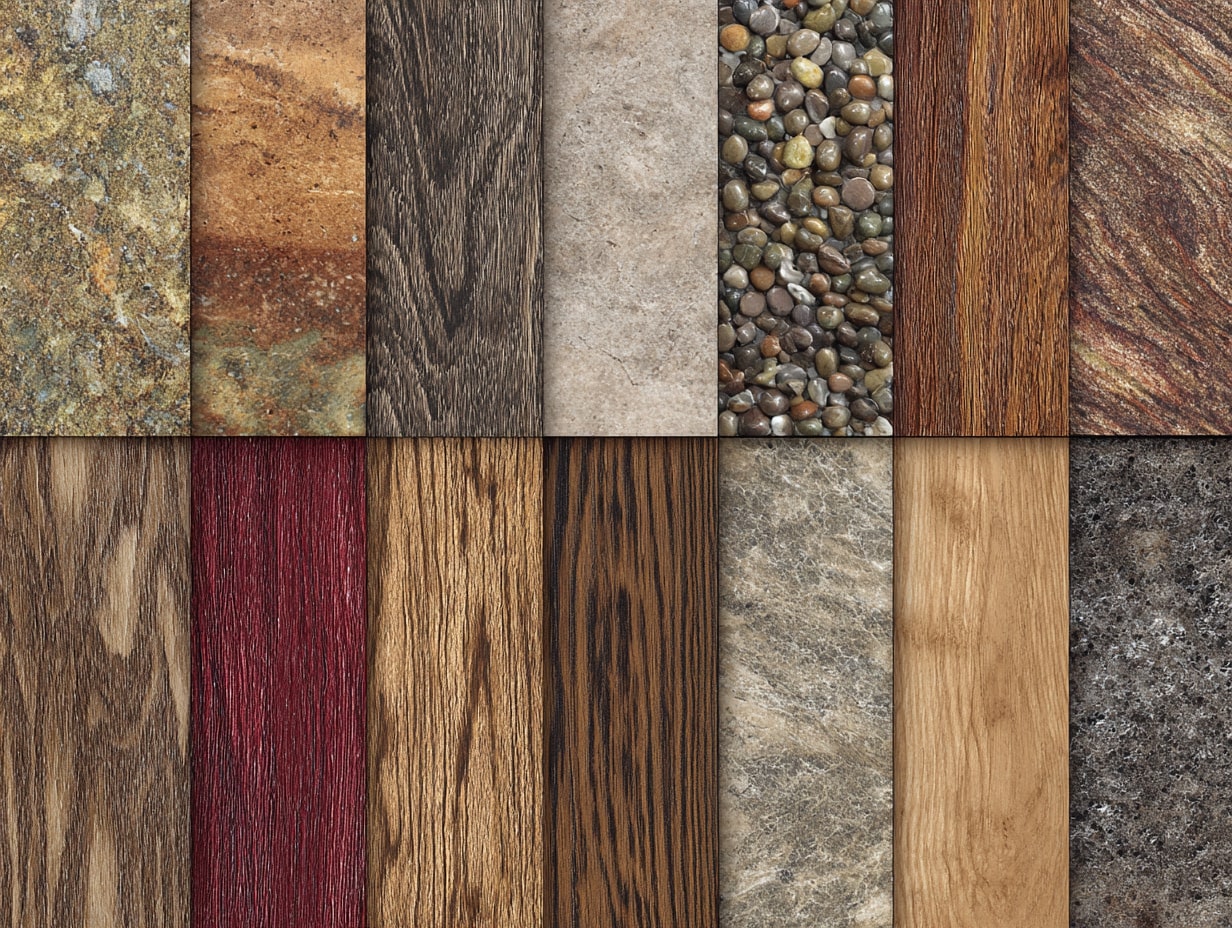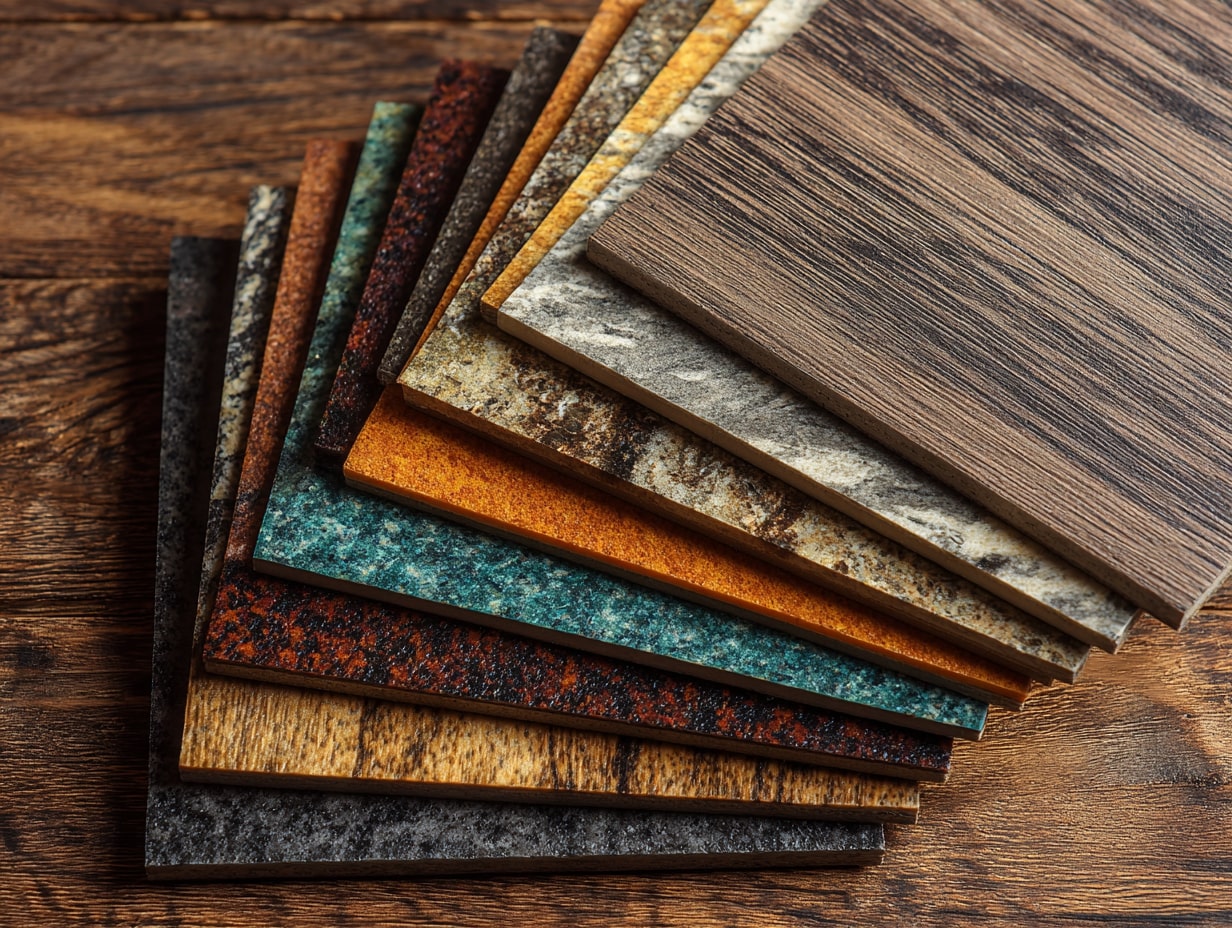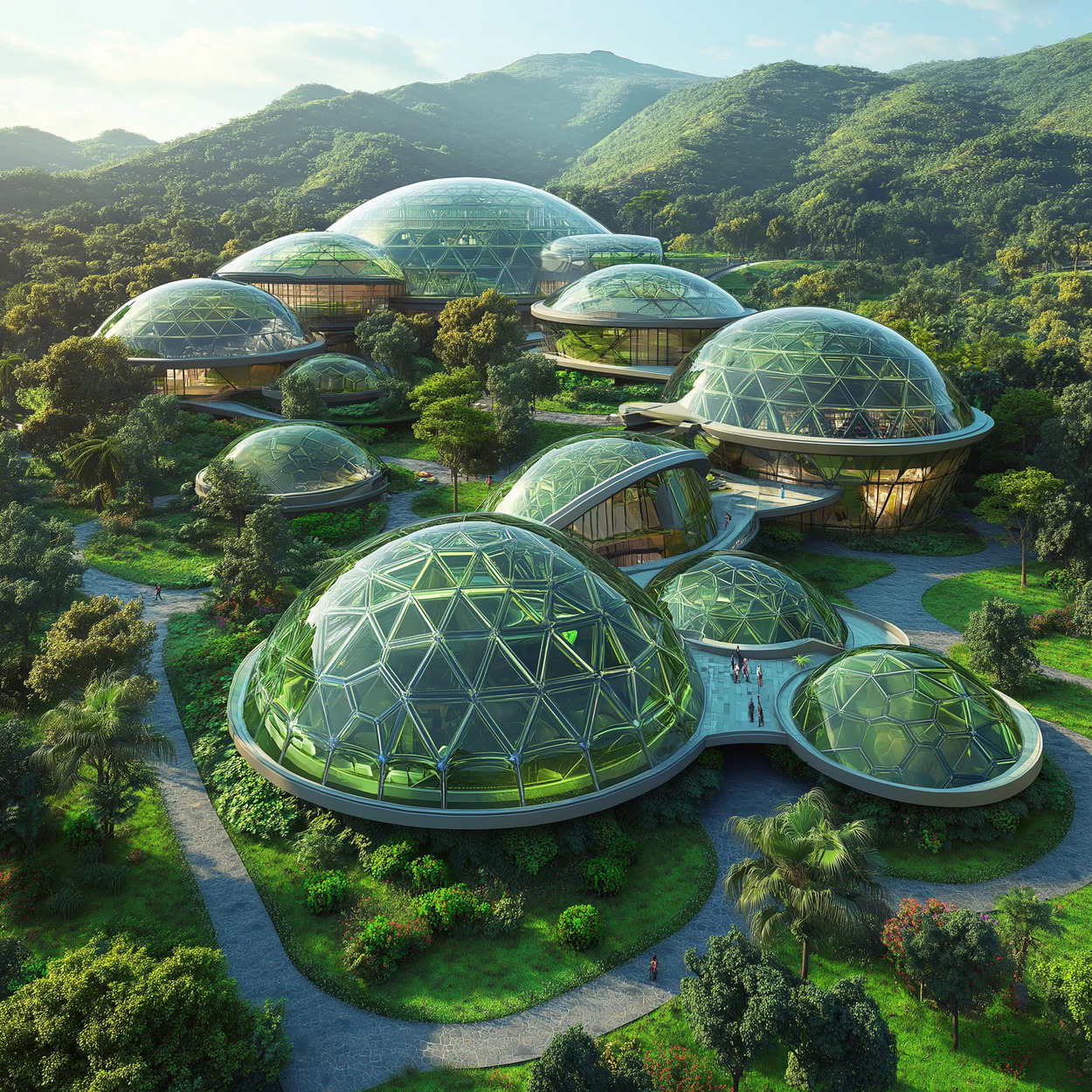- Home
- Articles
- Architectural Portfolio
- Architectral Presentation
- Inspirational Stories
- Architecture News
- Visualization
- BIM Industry
- Facade Design
- Parametric Design
- Career
- Landscape Architecture
- Construction
- Artificial Intelligence
- Sketching
- Design Softwares
- Diagrams
- Writing
- Architectural Tips
- Sustainability
- Courses
- Concept
- Technology
- History & Heritage
- Future of Architecture
- Guides & How-To
- Art & Culture
- Projects
- Interior Design
- Competitions
- Jobs
- Store
- Tools
- More
- Home
- Articles
- Architectural Portfolio
- Architectral Presentation
- Inspirational Stories
- Architecture News
- Visualization
- BIM Industry
- Facade Design
- Parametric Design
- Career
- Landscape Architecture
- Construction
- Artificial Intelligence
- Sketching
- Design Softwares
- Diagrams
- Writing
- Architectural Tips
- Sustainability
- Courses
- Concept
- Technology
- History & Heritage
- Future of Architecture
- Guides & How-To
- Art & Culture
- Projects
- Interior Design
- Competitions
- Jobs
- Store
- Tools
- More
Revolutionizing Sustainability: The Impact of Biomaterials in Architecture
Explore the transformative role of biomaterials in architecture, offering sustainable alternatives to traditional building materials. This article delves into innovative options like mycelium, bamboo, and recycled organic matter, showcasing their ability to enhance aesthetics while reducing environmental impact.

As we navigate the challenges of sustainable design, biomaterials in architecture are emerging as a game-changer. These innovative materials, derived from natural sources, offer a powerful alternative to conventional building materials, reducing our environmental footprint while enhancing aesthetic appeal.
Incorporating biomaterials into our architectural practices not only promotes sustainability but also fosters a deeper connection between our built environments and the natural world. By harnessing the properties of materials like mycelium, bamboo, and recycled organic matter, we can create structures that are not just functional but also harmoniously integrated into their surroundings. Join us as we explore the exciting possibilities of biomaterials and their transformative impact on the future of architecture.

Table of Contents
ToggleOverview of Biomaterials in Architecture
Biomaterials in architecture represent a significant shift from traditional building materials, offering eco-friendly solutions that align with sustainable practices. These materials derive from renewable natural sources, minimizing environmental footprints and promoting resource conservation.
We find examples of biomaterials, such as mycelium, bamboo, and recycled organic matter, to be particularly impactful. Mycelium, a fungal network, serves as a natural insulation material, providing thermal properties that enhance energy efficiency. Bamboo, known for its tensile strength, offers a lightweight yet durable alternative for structural applications. Recycled organic matter transforms waste materials into functional building components, showcasing innovative reuse strategies.
The integration of these biomaterials promotes not just sustainability but also a harmonious relationship with the surrounding environment. They enrich architectural aesthetics through unique textures and organic forms, allowing structures to blend seamlessly with nature. As we explore various projects around the globe, the versatility and potential of biomaterials continue to inspire architects and builders.
Incorporating biomaterials not only addresses pressing environmental concerns but also fosters a deeper connection between inhabitants and their environments. We recognize the transformative power of these materials in shaping a sustainable future for architecture.
Types of Biomaterials
Biomaterials in architecture can be broadly categorized into natural materials and synthetic biomaterials, each offering distinct benefits for sustainable building practices.

Natural Materials
Natural materials include substances derived directly from the earth. These materials often exhibit outstanding sustainability and eco-friendliness. Common examples include:
- Bamboo: Bamboo grows rapidly, often reaching maturity in just three to five years. Its strength-to-weight ratio makes it ideal for structural applications.
- Mycelium: Mycelium, the root structure of fungi, serves as an excellent insulation material. It naturally decomposes, further aligning with sustainable practices.
- Wood: Sustainably sourced wood offers versatility and aesthetic appeal, providing warmth and character to architectural designs.
- Hemp: Hemp is a fast-growing plant used in construction materials like hempcrete, offering great insulation and reducing carbon emissions.
- Straw: Strawbales create highly insulative wall systems, showcasing a low-cost, renewable building option.
Synthetic Biomaterials
Synthetic biomaterials are engineered for performance while often mimicking or enhancing natural properties. They can improve sustainability through innovative designs. Key examples include:
- Bio-based Polymers: Derived from renewable resources, these polymers serve in applications ranging from insulation to structural components.
- Recycled Composites: Using waste materials, recycled composites provide robust building solutions while reducing landfill impact.
- Aerogel: Known for its exceptional insulating properties, aerogel can be sourced from non-toxic materials and used in various applications.
- Smart Materials: Engineered for specific responses to environmental changes, smart materials enhance building performance by reducing energy consumption.
- Biodegradable Materials: These materials decompose naturally, mitigating long-term waste issues and promoting circular economy principles.
By incorporating both natural and synthetic biomaterials, architectural designs can achieve innovative, sustainable solutions while fostering a deeper connection with the natural environment.
Applications of Biomaterials in Architecture
Biomaterials in architecture find extensive application, driving sustainable practices and enhancing aesthetics in building design. We explore how these materials contribute to eco-friendly outcomes and enrich visual appeal.

Sustainable Building Practices
Sustainable building practices rely on biomaterials that minimize environmental impact. We utilize natural materials such as hemp, straw, and sustainably sourced wood to create energy-efficient structures, which provide excellent insulation. Biomaterials like mycelium not only serve as natural insulators but also promote carbon sequestration, enhancing a building’s sustainability profile.
Synthetic biomaterials, including bio-based polymers and recycled composites, allow for innovative design configurations without compromising strength. We can engineer these materials to possess unique properties, such as flexibility and fire resistance, enabling their use in diverse applications from insulation panels to structural components. Global projects showcase the successful implementation of these materials, demonstrating their practicality and effectiveness in real-world scenarios.
Aesthetic Enhancements
Biomaterials significantly enhance architectural aesthetics, offering unique textures and organic forms. We incorporate materials like bamboo and mycelium to introduce a natural beauty that stands out in urban environments. The visual appeal of these materials allows for diverse design possibilities and enables structures to harmonize with their natural surroundings.
The textures of biomaterials can evoke a sense of warmth and connection to nature. For example, mycelium surfaces exhibit intricate patterns, while bamboo’s fibrous form adds character to both interiors and exteriors. Additionally, the incorporation of recycled organic matter transforms waste into striking feature elements, blending sustainability with an artistic vision. These enhancements not only elevate the overall design but also promote an environmentally conscious architectural narrative.
Benefits of Using Biomaterials
Integrating biomaterials in architecture comes with numerous advantages, particularly concerning environmental impact and health and safety considerations.

Environmental Impact
Biomaterials significantly reduce the carbon footprint associated with traditional building materials. We observe lower energy consumption during production, minimizing greenhouse gas emissions. For instance, bamboo’s rapid growth allows for renewable sourcing, while mycelium decomposes without leaving toxic residues. These materials promote biodiversity by encouraging sustainable land management practices. Additionally, the use of recycled organic matter diverts waste from landfills, transforming potential pollutants into valuable components in construction. Overall, using biomaterials leads to a more sustainable, eco-friendly building approach.
Health and Safety Considerations
Health and safety are paramount in architecture, and biomaterials often deliver superior performance. Natural materials, such as hemp and straw, contain low volatile organic compounds (VOCs), improving indoor air quality. We see reduced risks of chemical exposure compared to conventional materials. Furthermore, biomaterials like mycelium offer excellent fire resistance and thermal insulation, enhancing building safety. Their lightweight nature reduces structural load, contributing to safer designs. Incorporating biomaterials can create healthier living environments, promoting well-being and comfort for occupants.
Challenges and Limitations
Biomaterials in architecture offer numerous benefits, but challenges and limitations hinder widespread adoption. Key issues include cost factors and regulatory concerns that impact their integration into modern building practices.

Cost Factors
Cost factors present a significant hurdle for biomaterials. While some natural materials, like bamboo, provide cost-effective options due to their rapid growth, others may incur higher production and processing costs. Synthetic biomaterials often demand costly manufacturing technologies, limiting affordability for smaller projects. For instance, bio-based polymers and high-performance composites can be financially prohibitive. Budget constraints may deter architects and builders from exploring these sustainable alternatives, even though they yield long-term savings through energy efficiency and durability. Overall, the initial expense versus long-term benefits creates a challenging landscape for adopting biomaterials in architecture.
Regulatory Issues
Regulatory issues also pose challenges to biomaterial use in construction. Building codes often lag in addressing the unique properties of these materials, leading to inconsistencies in approval processes. Natural materials, like hemp or mycelium, might face scrutiny due to a lack of standardized testing protocols, making it difficult for builders to meet compliance requirements. Additionally, synthetic biomaterials may not fit neatly into existing classifications, further complicating project approvals. This slow adaptation to evolving technologies can stifle innovation and delay project timelines. Collaboration between regulatory bodies, architects, and material scientists is essential to streamline adoption and establish guidelines that support the integration of biomaterials into contemporary architecture.
Conclusion
Biomaterials play a crucial role in reshaping architecture towards sustainability. By integrating natural and synthetic materials into building practices, we significantly lower the environmental footprint while enhancing aesthetic appeal. Materials like mycelium and bamboo not only offer functional benefits, such as insulation and structural integrity, but also create a visual dialogue between buildings and their natural surroundings.
Incorporating biomaterials encourages innovation in design, leading to energy-efficient structures that complement their environments. Our insights showcase real-world applications that highlight the effectiveness and practicality of these materials. The aesthetic advantages of biomaterials, with their unique textures and organic forms, foster a deeper connection between architecture and nature.
We recognize the importance of environmental and health benefits associated with biomaterials, which typically reduce carbon emissions and enhance indoor air quality. Their lightweight properties further contribute to safer, healthier living spaces. However, we must also address the challenges surrounding cost and regulatory standards that could hinder widespread adoption.
Navigating these obstacles requires collaboration among industry stakeholders to foster understanding and create supportive frameworks for biomaterial use in architecture. Through concerted efforts, we can advance sustainable practices while embracing the transformative potential of biomaterials in building the future.
- architectural biomaterials impact
- biodegradable building materials
- biological materials in architecture
- biomaterial architecture trends
- biomaterials in construction
- eco-conscious building techniques
- eco-friendly building materials
- environmentally friendly construction
- green architecture solutions
- green construction technology
- innovative sustainable design
- low-carbon building materials
- renewable construction materials
- sustainable architecture
- sustainable building practices
- sustainable design innovations
- sustainable urban development
Submit your architectural projects
Follow these steps for submission your project. Submission FormLatest Posts
Green Architecture Explained: Designing for a Resilient Tomorrow
Green architecture explained through resilience: practical ways to cut carbon, improve health,...
Top Sustainable Surface Materials Every Designer Should Know
Explore sustainable surface materials with a designer-ready scorecard: carbon, toxins, durability, circularity,...
Eco-Friendly Floor Coverings: Smart Choices for a Greener Home
Eco-friendly floor coverings made simple: discover sustainable materials, trusted certifications, and room-by-room...
What are Biodomes?
Biodomes are transforming architecture by blending ecological science with advanced design to...












Leave a comment